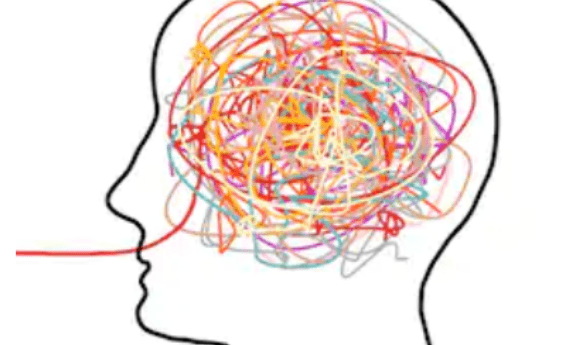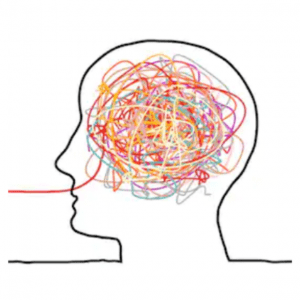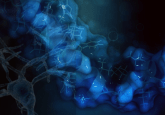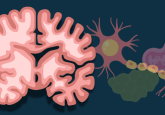Untangling the genetics of dementia

Gene clusters identified as key factors in the overproduction of the tau protein may be targets for treatment of dementia.

Researchers from UCLA (CA, USA) have identified two genetic groups that are involved in the overproduction of the tau protein, a key pathology in the development of major forms of dementia.
In dementia pathology, the tau protein becomes hyperphosphorylated and forms aggregates known as neurofibrillary tangles. These, alongside amyloid plaques, are one of the key biomarkers for diagnosis of Alzheimer’s disease and related forms of dementia. Both tau and amyloid proteins are linked to neurodegeneration and cell death.
The cause of dementia is currently unknown and the mechanisms by which it develops are poorly understood. Though genes have been linked to dementia previously, scientists remain unsure as to the cascade of events that lead to the development of the disease.
The research team used systems biology to identify the genetic processes that lead to overproduction of tau in cases of frontotemporal dementia, an often familial form of dementia previously shown to have a strong genetic component. The study was done in mouse models and the team used genomic and analytic tools to study the genome as a whole, taking into account gene interactions and the proteins they produce.
Hypothesizing that mouse models of dementia often lack translatability due to research relying on a single strain, the researchers studied the mutation in three genetically distinct strains of mice. They observed genetic activity that occurred in different areas of the brain at different times. Two gene clusters were found, both in regions of the brain known to be susceptible to neurodegeneration. They then performed additional models that indicated a similar process occurring in the human brain.
From a database defining the genetic effects of experimental drugs, the researchers found that use of specific drugs could interfere with neurodegeneration. There is currently no cure for dementia though this work may provide a starting point for the development of new therapies to slow or halt the course of the disease.
“Our study is the most comprehensive published effort to date to identify the source of neurodegeneration across species and provides an important roadmap for the development of potentially effective new drugs for Alzheimer’s disease and other dementia,” commented senior author Daniel Geschwind.
“There is still a significant amount of work that needs to be done to develop drugs that could be effectively used in humans against these targets, but this is an encouraging step,” he added.





